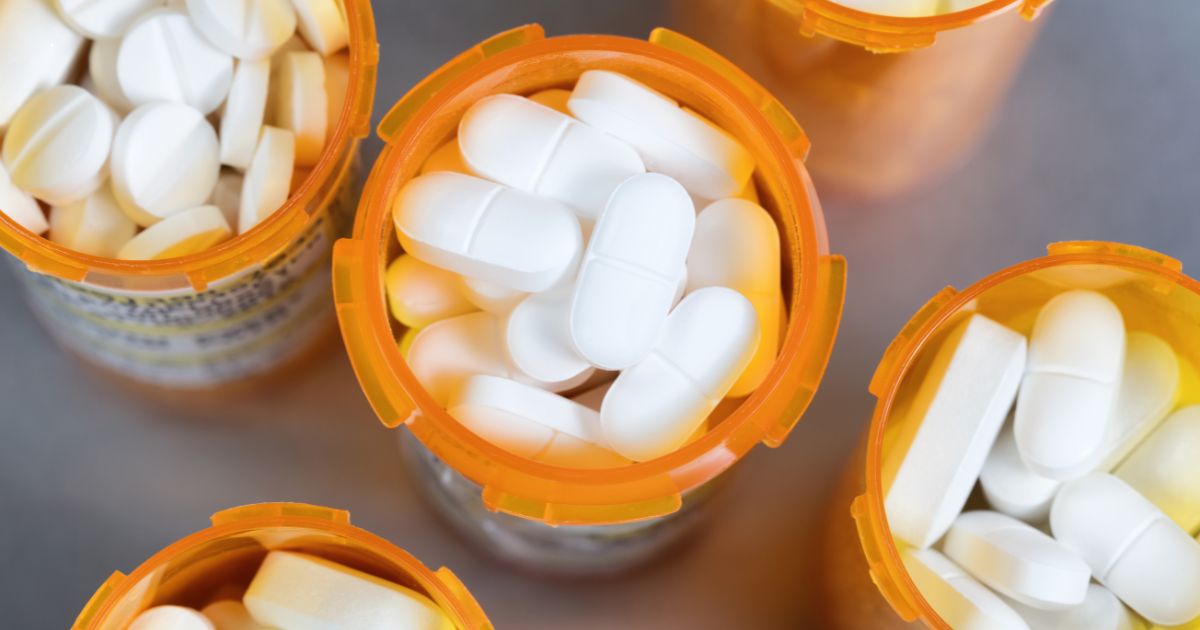Amphetamine and methamphetamine are both powerful stimulant drugs. They both can boost focus and reaction time, increase wakefulness and energy levels, and suppress appetite. However, there are key differences between the two substances.
In this article, we’ll go over all you need to know about amphetamine vs methamphetamine.
What are Amphetamines?
Amphetamines are prescription stimulants commonly used to treat conditions like ADHD and narcolepsy. They’re available in both immediate and extended-release formulations. The effects of amphetamines include increased energy, alertness, and a sense of well-being, as well as a reduction in appetite.
Here’s a list of common amphetamines:
- Amphetamine Sulfate: Often simply called amphetamine, it is used medically and is also a common drug of abuse.
- Dextroamphetamine (Dexedrine, DextroStat): A more potent isomer of amphetamine, commonly prescribed for ADHD and narcolepsy.
- Lisdexamfetamine (Vyvanse): A medication that is converted into dextroamphetamine in the body, used to treat ADHD and binge eating disorder.
- Methamphetamine (Desoxyn): Methamphetamine has a high potential for abuse and is prescribed in very limited circumstances, such as severe ADHD and obesity.
- Adderall: A combination of four salts of amphetamine and dextroamphetamine. Adderall is one of the most common treatments for ADHD.
Amphetamines were first synthesized in 1887 by Romanian chemist Lazăr Edeleanu. However, their stimulant effects were not realized until the 1920s. By the 1930s, amphetamines were being used to treat narcolepsy and asthma, and even to help with weight loss. During World War II, they were widely used by soldiers to combat fatigue and enhance performance.
In the 1960s, the potential for abuse and addiction was recognized, leading to stricter regulations of these substances. Despite this, they became popular recreational drugs, and remain so today.
Today, amphetamines are classified as Schedule II controlled substances in the United States, indicating a high potential for abuse and dependency, but also recognizing their legitimate medical uses.
What is Methamphetamine?
Methamphetamine, also known as crystal meth or simply meth, is a highly addictive illegal drug. It is typically produced in clandestine labs and is much more potent than amphetamine. Methamphetamine produces intense euphoria and can have devastating effects on the brain and body.
Chemically, meth is similar to amphetamine. However, methamphetamine has a much higher potential for abuse and addiction. It goes by several street names, including meth, crystal, ice, and crank and can look different depending on how it’s made.
In the United States, methamphetamine is classified as a Schedule II controlled substance under the Controlled Substances Act, which means it has a high potential for abuse, with use potentially leading to severe psychological or physical dependence. While it is available under the brand name Desoxyn for very limited medical uses, such as in the treatment of obesity and ADHD, the doses prescribed are far lower than those typically abused.
Amphetamine vs Methamphetamine
Methamphetamine, also known as crystal meth or simply meth, is a highly addictive illegal drug. It is typically produced in clandestine labs and is much more potent than amphetamine. Methamphetamine produces intense euphoria and can have devastating effects on the brain and body.
Amphetamine, on the other hand, is a prescription medication commonly used to treat conditions like attention deficit hyperactivity disorder (ADHD) and narcolepsy. It is available in both immediate-release and extended-release formulations.
As far as the chemical makeup of amphetamine vs methamphetamine, both drugs have a similar molecular structure, but methamphetamine has an additional methyl group (—CH3) attached to its chemical structure.
This slight modification makes methamphetamine more lipid-soluble, allowing it to cross the blood-brain barrier more rapidly and making it more potent than amphetamine. This means it has a more significant effect on the central nervous system (CNS) at lower doses.
Both drugs are considered Schedule II due to their high potential for abuse. However, amphetamine medication can be prescribed for conditions like ADHD and narcolepsy. By contrast, prescriptions for methamphetamine are rare.
Get confidential help from our addiction treatment specialists in Orange County. Call to join our rehab program today!
Call 866-881-1184Signs and Symptoms of Amphetamine vs Methamphetamine Abuse
Stimulant abuse can present with various signs and symptoms, which can be quite similar for both amphetamine and methamphetamine due to their related chemical structures. However, there are some differences in the effects of amphetamine vs methamphetamine.
In particular, methamphetamine is much more potent, which leads to a much greater intensity and duration of effects.
Here’s how the signs and symptoms can compare.
Amphetamine Abuse
Amphetamines, when prescribed, are often used to treat ADHD and narcolepsy.
However, heavy amphetamine use can lead to:
- Increased energy and alertness
- Euphoria or excessive mood elevation
- Rapid speech and thoughts
- Decreased appetite and potential weight loss
- Insomnia or restlessness
- Agitation or irritability
- Impulsive behavior
- Cardiovascular problems such as increased heart rate and blood pressure
- Dilated pupils
- Sweating and increased body temperature
- The abuse of amphetamines, particularly over a long period, can lead to psychological dependence and cardiovascular problems.
Methamphetamine Abuse
Methamphetamine is more potent and has a longer duration of action than most amphetamines, leading to a higher potential for addiction and severe health consequences.
Abuse can lead to:
- More intense euphoria
- More pronounced increase in energy and alertness
- More severe decrease in appetite and weight loss
- Longer-lasting wakefulness and insomnia
- Higher potential for psychological addiction
- Severe dental problems (commonly known as “meth mouth”)
- Stronger and more lasting feelings of paranoia and psychosis
- More severe cognitive deficits over time
- More pronounced skin sores or acne
- Increased risk of infectious diseases (for those who inject)
Overlapping Symptoms
Both amphetamine and methamphetamine abuse can cause:
- Mood disturbances, including anxiety and depression
- Psychosis, especially with high doses or chronic use
- Cardiovascular damage, including heart attack and stroke
- Social withdrawal and neglect of responsibilities
- Compulsive and repetitive behaviors
- Financial and legal issues
- Potential for overdose, which can be fatal
It is important to seek help if you or someone you know is abusing stimulants. Treatment options, such as therapy and medication, can be effective in overcoming addiction and managing underlying issues.
Looking for quality substance abuse treatment that’s also affordable? South Coast accepts most major insurance providers. Get a free insurance benefits check now.
Check Your CoverageStimulant Addiction Treatment at South Coast Behavioral Health
If you or a loved one are seeking treatment for stimulant addiction, South Coast Behavioral Health is here to help. The first step in treating addiction is a medical detox. This means using drugs to manage withdrawal symptoms.
Our medical detox program in California is staffed by caring and compassionate professionals who can provide you with medications to manage your withdrawal symptoms.
At South Coast, we take pride in offering care closely tailored to specific issues. To that end, we offer gender-specific detox programs, with medical detox for men in Irvine, CA, and medical detox for women in Huntington Beach, CA.
After detoxing, proper treatment can begin.
Treatment for substance abuse takes place along an entire spectrum of care. Along that entire spectrum are various behavioral therapies, support groups, and medically-assisted treatment (MAT).
These levels of treatment are, in order, as follows:
Residential Treatment in California
After completing medical detox, you’ll move to receive inpatient treatment in Orange County California. There, you’ll receive medically-assisted treatment and dual diagnosis treatment to deal with any cravings or co-occurring mental health issues you may be battling. We also offer residential treatment facilities in Costa Mesa, Irvine, and Huntington Beach for those who desire gender-specific treatment. There, patients get round-the-clock medical attention and monitoring while living at the institution full-time.
In addition to individual and group counseling and medication management, you’ll also have access to leisure activities and family support services.
Partial Hospitalization in California
Most clients start substance abuse treatment with South Coast in our residential treatment program. After completing that, many desire something that still provides structure and support, but with extra space and time to oneself. For that, we offer Partial Hospitalization in Newport Beach.
A step down from inpatient care but with more structure than conventional outpatient programs, partial hospitalization offers a good balance for those looking to ease back into normal life. Clients can receive care five to seven days a week for several hours daily, returning to their homes in the evening.
This way, they can recover without putting their daily lives completely on hold, receiving intense therapeutic interventions like group and individual therapy, skill development, and medication management as necessary.
Intensive Outpatient Treatment in California
For those leaving inpatient residential treatment or partial hospitalization, intensive outpatient programs (IOP) are yet another gradual step forward on the road to recovery.
With a focus on group therapy, individual counseling, and education, clients undergoing Intensive Outpatient Treatment in Newport Beach can meet three to five days a week. Each session lasts three hours.
This level of care requires the least amount of attendance at a facility.
Start Today
If you or a loved one are struggling with stimulant addiction but wonder how long addiction treatment takes or have other questions, call us at 866-881-1184. Our highly qualified staff will be happy to help give you an idea of what to expect from your addiction recovery timeline, verify your insurance, and assist with any other questions you may have.










